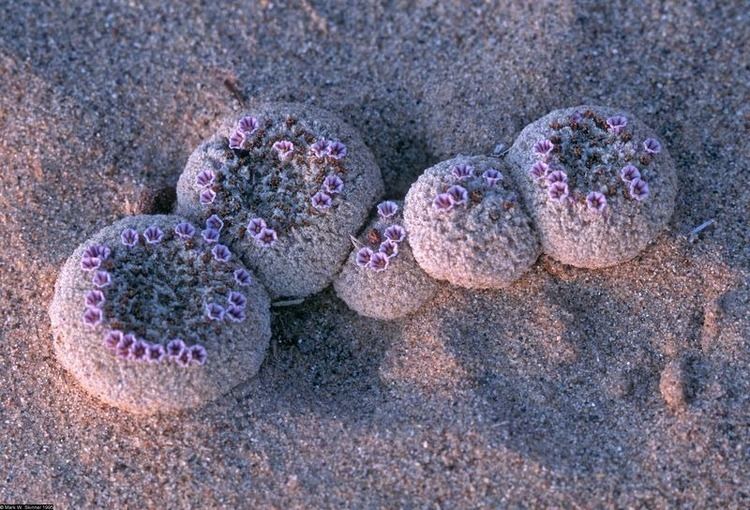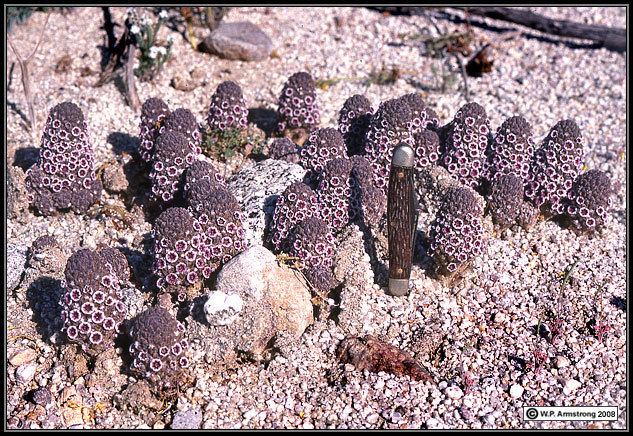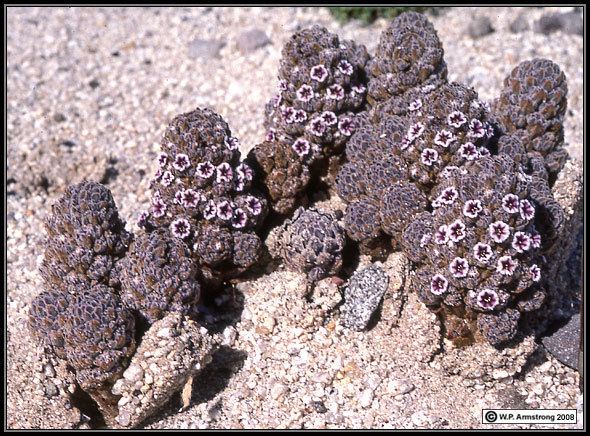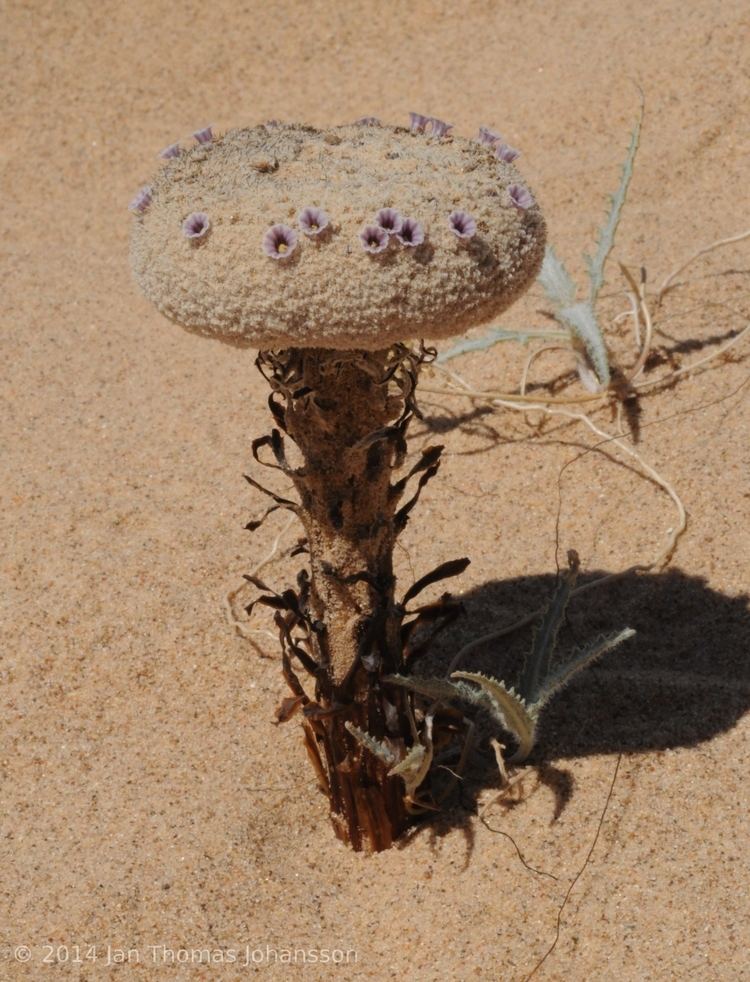Rank Species | Clade Angiosperms Higher classification Pholisma | |
 | ||
Similar Pholisma, Pholisma arenarium, Lennooideae, Vascular plant, Tiquilia plicata | ||
Pholisma sonorae, commonly known as sandfood, is a rare and unusual species of flowering plant endemic to the Sonoran Deserts to the west of Yuma, Arizona in the California Yuha and Colorado Desert, and south in the Yuma Desert, where it is known from only a few locations.
Contents

Description

Pholisma sonorae is a perennial herb which grows in sand dunes, its fleshy stem extending up to two meters-six feet below the surface and emerging above as a small rounded or ovate form. It may be somewhat mushroom-shaped if enough sand blows away to reveal the top of the stem. It is a parasitic plant which attaches to the roots of various desert shrubs such as wild buckwheats, ragweeds, plucheas, and Tiquilia plicata and T. palmeri to obtain nutrients.

As a heterotroph, the Pholisma sonorae plant lacks chlorophyll and is grayish, whitish, or brown in color. It has glandular scale-like leaves along its surface. The plant obtains water not from its host plants, but through stomata in its leaves. The plant blooms in centimeter-wide flowers which are pink to purple in color with white margins.
Uses

This was an important food item for certain desert-dwelling Native American peoples, including the Cocopah and the Hia C-ed O'odham.
Status

The plant is rare and declining as its habitat of shifting dune sands is lost to development and damaged by off-road vehicle use.


